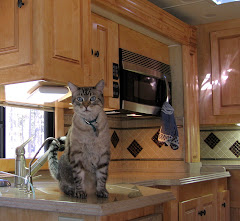Located on Skidaway Road, not far from where we are parked, is the historic Wormsloe Plantation. Built after acquiring a lease in around 1736, Noble Jones built this now historic plantation consisting of 500 acres.
The house was built between 1739 and 1749 of wood, and what is called Tabby, a crude mixture of oyster shells and lime. Now long gone, only part of the foundation and a few partial walls remain.
It is believed the name refers to Wormsloe Hundred, Herefordshire, the Welsh border country where the family originated. Others thought the attempted cultivation of silkworms may have played a part.
The house was fortified due to the threat from the Spanish, and somewhat isolated for the same reason. Originally corn, rice, fruit and vegetables were grown along with the possibility of indigo. The attempt to produce silk failed.
Passed down throughout the generations, Wimberley Jones De Renne improved the gardens and planted approximately 400 Oak Trees creating a mile and half entrance into the estate - magnificent!
Eventually the Wormsloe Foundation was created, but the plantation was transferred to the Nature Conservancy in 1972, and in 1979 became a property of the state of Georgia as a Historic Site.
It's an interesting side note that the Jones Family still control Wormsloe House and the surrounding acreage.
The state maintains the walking trail and grounds for public viewing.
The above map shows the location in relation to the Savannah River and surroundings.
The above is the family burial grounds. As there were no markers that I recall, I believe this is the resting place of Noble Jones.
Pictures of the grounds and remains of the house and fort.
The little building above is replica of a colonial waddle and daub hut, used for I don't know what, but the term refers to the building materials: a woven lattice of wooden strips called the waddle, along with wet sand, clay, straw and animal dung. Today we would call this a "green" building.
The last picture is our final look of the magnificent "avenue of oaks" as we called it. Trust me, it is very impressive. The next time you visit Savannah, please put this on your "bucket" list.
For further information:
Wormsloe State Historic Site































































